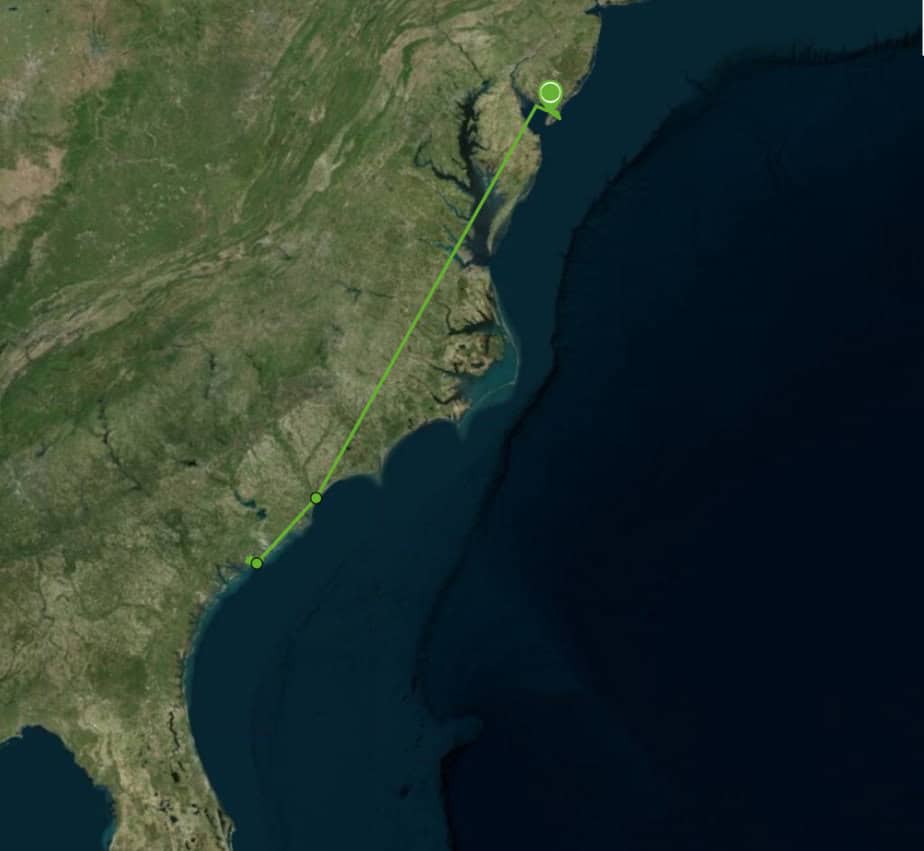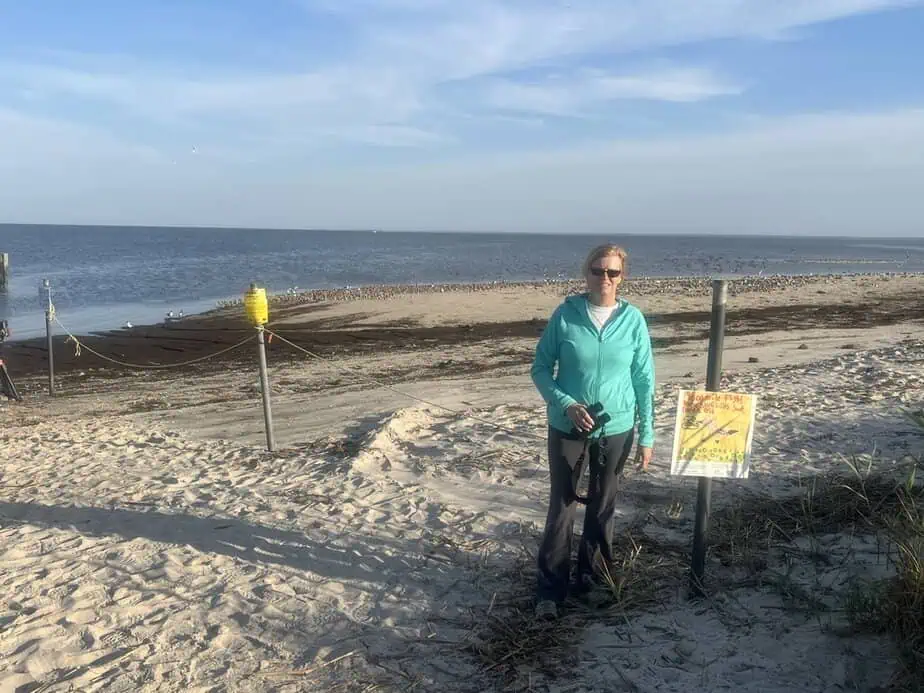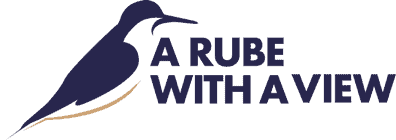A Hopeful Start for the Delaware Bay Stopover
I want to start this year’s Delaware Bay Shorebird Team Blog with this wonderful news from Shane Godshaw. He took the picture above yesterday at the newly restored Thompson’s Beach. Our team, led by the American Littoral Society, completed the restoration only a few weeks ago, and you can see in the picture below that the crabs have already found it. Although Thompson was not the longest of our restorations, it was the largest by volume. We placed 32,000 tons of high-quality sand. When I say high quality, I mean large grains, so that when you walk on it, it feels cushiony. The crabs will find it an inviting beach for digging in eggs.

Horseshoe crabs on the newly restored Thompson’s beach. Photo by Shane Godshaw
Photo by Shane Godshaw of horseshoe crabs on Thompsons Beach weeks after it was restored.
We have yet to start our shorebird banding, but Susan’s team has already done a round of surveys and the results are already surprising. It is certainly too early to make any predictions, but the water temperature on the bay has been above the threshold for crab spawning for a few weeks. It’s now hitting daytime highs of 64 degrees, well above the approximate threshold for spawning of 59 degrees. We expected high counts, and concerned crabs might peak too early for the long-distance shorebirds, which usually come after mid-month. But the egg cluster densities were generally lower than those of last year and a bit above the 10-year average. So we will have to wait and see. The spawn at Thompson’s is a good sign.

Our work will be similar to last year, the last 28 years actually, but with a few new projects and places. We will try to catch more birds early so we have a better chance of within-season recaps to help with the weight gain analysis. We will attach 10 satellite transmitters, primarily to augment our existing 300 instrumented birds. These instrumented knots are opening up many of the mysteries around knot migration
For example, Mandy Dey, Steph Feigin, and I trapped knots in SC with Felicia Sander, the SC DNR Shorebird Biologist, and Fletcher Smith of GA DNR. Steph, Fletcher, and Felicia attached 15 transmitters using our suture technique developed in the Bay. These tiny devices are painting a vivid picture of the knots’ daily habits, such as the places where they roost at night. Additionally, she is documenting SC knots feeding on horseshoe crab eggs, getting fat, and heading to the Arctic directly from the SC/GA shores. This gives us new hope for the birds, who now have more than just the Bay to find horseshoe crab eggs, as the Agencies continue to throttle the horseshoe crab population with unregulated bleeding by Biomed companies and excessive quotas for bait.


These two photos show the flight of a red knot caught and tagged with a satellite transmitter by Felicia Sander of SC DNR and WRP’s Stephanie Feigin, Amanda Dey and Larry Niles the first shows the flight to Delaware Bay from Davo Bank in SC and then her movements while staying on the bay
Thanks to Bill Pitts at NJFW, all the beaches are posted with information on the shorebird migration and restricted areas signs along with rope fences to keep visitors from viewing at the roads ending on the bay. Conserve Wildlife’s Larissa Smith has once again fielded her team of stewards to help the visitors with public outreach.
Finally, Humphrey and I conducted our first recci on May 12. We counted 4500 knots at Cooks Beach and another 4500 in Bay Cove, and a small number at Norbury’s Landing and further up the bay, a handful on Moore’s Beach. NJ Audubon David Mizrahi reported a few knots up bay, although good crab spawns at most beaches. We counted over 7000 dunlin at Moores Beach.
We are off to a good start in protecting and surveying the shorebird stopover. We saw several of the stewards this morning. Chris Haimer is standing next to one of the signs created by children in a project led by the Wetlands Institute to help protect birds and crabs. It’s a gentle but powerful and persuasive conservation message that inspires visitors and all of us as well. Larry Niles
